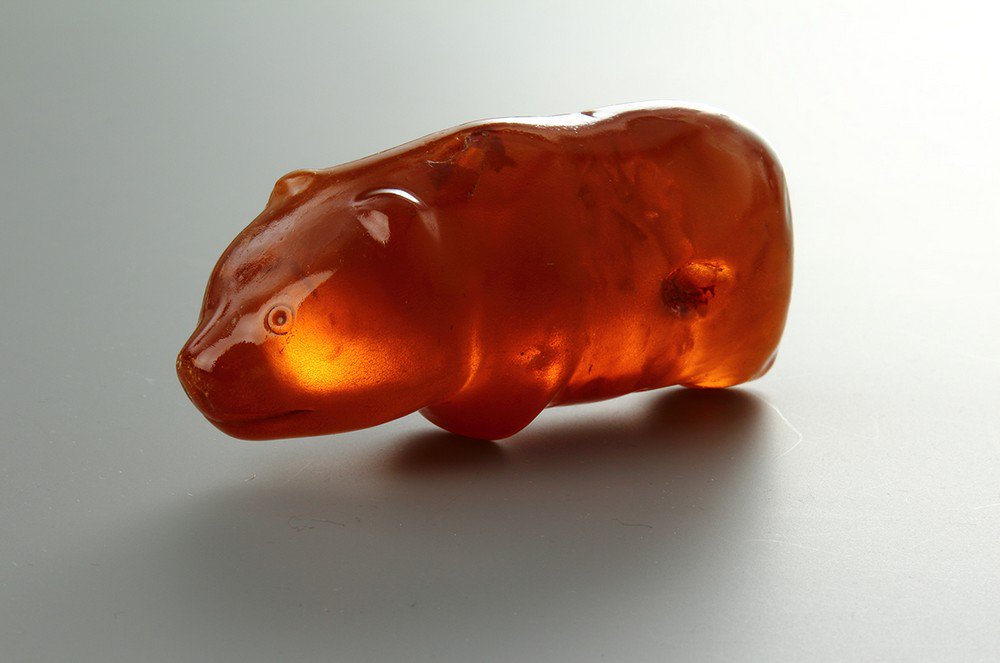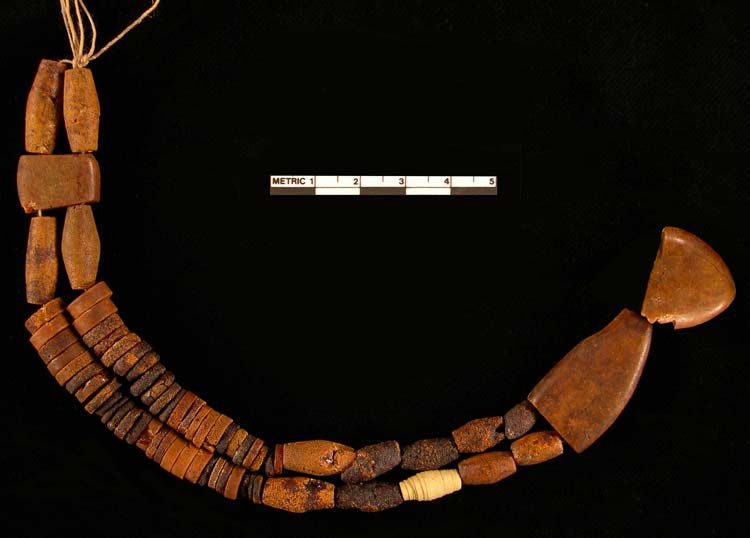This spectacular bear carving from Słupsk, Poland, dates back to the Neolithic, somewhere between 4000-7000 BP.
(Source: muzeum.szczecin.pl/en/collections…)








Keep Current with Do the Damn Research!
This Thread may be Removed Anytime!
Twitter may remove this content at anytime, convert it as a PDF, save and print for later use!

1) Follow Thread Reader App on Twitter so you can easily mention us!
2) Go to a Twitter thread (series of Tweets by the same owner) and mention us with a keyword "unroll"
@threadreaderapp unroll
You can practice here first or read more on our help page!



